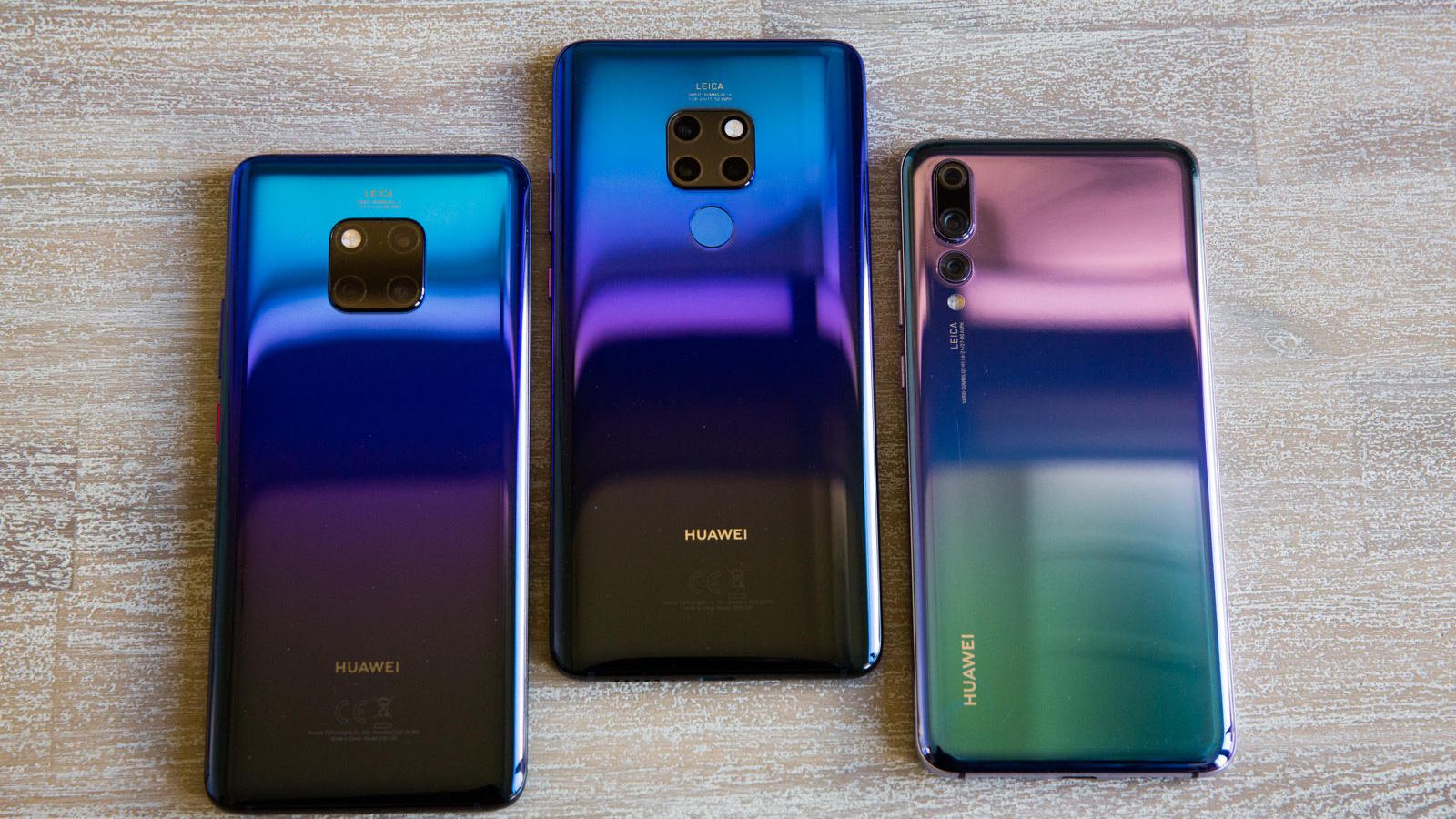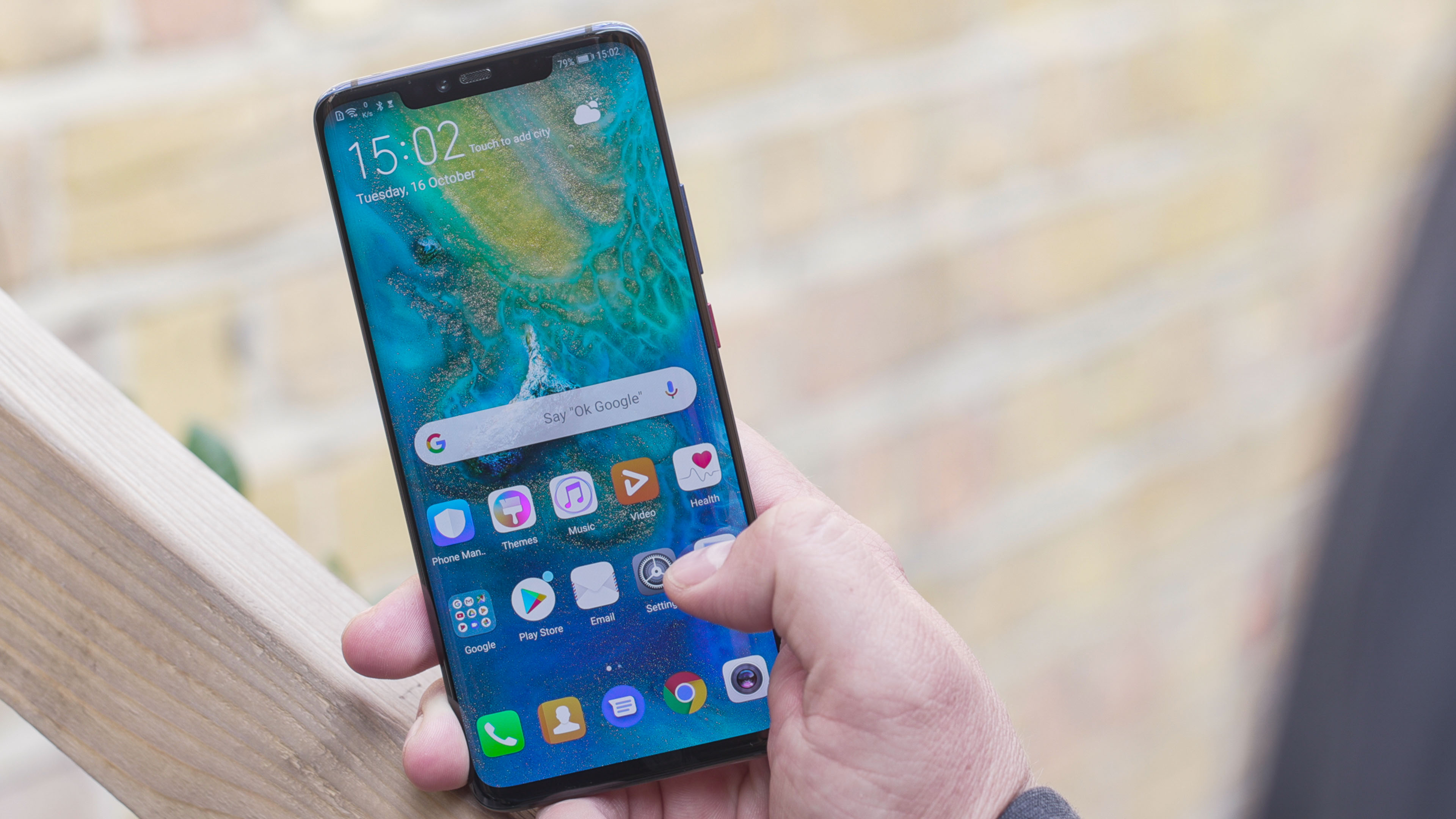Following up on last year’s Mate 10 series, Huawei’s cranking things up to, well, 20, with its all-new Huawei Mate 20 family. There are a total of four phones in this year’s lineup, but the two you’ll care about the most are the Mate 20 and Mate 20 Pro.
We’ve got a lot to dive into with this guide, so without further ado, here’s everything you need to know about the Huawei Mate 20 series!
January 18, 2019 — Huawei Mate 20 Pro receives DxOMark score of 109

As you can tell by the headline, the Mate 20 Pro received an overall score of 109. That ties it directly with the Huawei P20 Pro and puts it a step above the iPhone XS Max and Pixel 3 which have scores of 105 and 101, respectively.
DxOMark praised the Mate 20 Pro for its “outstanding image performance”, “excellent zoom capabilities”, and more. Some finer textures weren’t rendered as naturally as they could be, but overall, this is further evidence that Huawei knows what it’s doing when it comes to cameras.
October 31, 2018 — Mate 20 Pro breaks Huawei’s pre-order record in Western Europe by 40%
Although the Mate 20 Pro won’t be sold in the United States, it’s been extremely popular in other parts of the world even during its initial pre-order state. In fact, Huawei recently confirmed that the phone topped its previous pre-order sales numbers by 40% over in Western Europe.
The P20 Pro was previously Huawei’s most pre-ordered phone for its first 10 days of availability, but the Mate 20 Pro has already overtaken it. It’s unclear exactly how many units have been sold, but a 40% increase certainly isn’t anything to scoff at.
Have you picked up a Mate 20 Pro for yourself yet?
Huawei’s designs have always been in line with the latest mobile trends, and the Mate 20 Pro is no different. You’ll find glass with gently curving sides laid over solid aluminum frames, and notches cut into both displays — but there are some fairly significant differences between Huawei’s latest flagships and 2018’s biggest trends.
The most obvious change from the norm is the placement of the camera lenses on the back of the phone. While the use of three lenses is becoming more commonplace, having been introduced in Huawei’s own P20 Pro, and continued in the LG V40 ThinQ, it’s the positioning of the lenses that is now more interesting than the number. Rather than a horizontal or vertical line, the Huawei Mate 20 series’ three lenses are formed into a 2-by-2 box along with the camera’s flash unit as the fourth member, forming a distinctive square. In a world where flagship phones are looking startlingly similar, this simple change makes the Mate 20 range stand out from the crowd.
KEY SPECS
- CPU: Kirin 980
- Memory: 4/6GB (Mate 20), 6GB (Mate 20 Pro & Mate 20 X)
- Storage: 128GB
- Expandable storage: Up to 256GB via Huawei’s nano memory card
- Screen size: 6.53-inches (Mate 20), 6.39-inches (Mate 20 Pro), 7.2-inches (Mate 20 X)
- Resolution: 3120 x 1440 (Mate 20 Pro), 2244 x 1080 (Mate 20 & Mate 20 X)
- Battery: 4,000mAh (Mate 20), 4,200mAh (Mate 20 Pro), 5,000mAh (Mate 20 X)
- Size: 158.2 x 77.2 x 8.3 mm (Mate 20), 157.8 x 72.3 x 8.6 mm (Mate 20 Pro)
- Weight: 188g (Mate 20), 189g (Mate 20 Pro)
- Operating system: EMUI 9 (over Android 9.0 Pie)
SOFTWARE AND SPECIAL FEATURES

Like all of Huawei’s phones, the Mate 20 range comes with Huawei’s customized Android skin — Emotion UI (EMUI). It’s certainly not the phone for Android purists, as EMUI is one of the more overtly different Android skins, and some may balk at the iOS-like style added. Still, it has improved greatly over the years, and it’s an operating system we’ve grown to enjoy using.
Surprisingly the Mate 20 and Mate 20 Pro will launch with Android 9.0 Pie‘s version of EMUI already installed. Customized Android skins like EMUI usually come sometime after a major Android release, and it’s surprising that Huawei has managed to launch EMUI 9 so fast when other manufacturers are lagging behind.
Huawei Mate 20 Pro – Screen
Another winning aspect of the Huawei Mate 20 Pro is its excellent 6.39-inch, 19.5:9 OLED screen. The panel is rounded at the corners, curved at the sides and packs a sharp 3120 x 1440 resolution.
Huawei Mate 20 Pro – Performance
There isn’t a faster Android phone out there than the Huawei Mate 20 Pro. Not only is it capable of blitzing through our selection of synthetic benchmarks but it offers exceptional real-world use that’s only matched by the likes of the iPhone XS and iPhone XS Max.
So why is the Mate 20 Pro so much better than the Android competition? The answer lies in the processor. Just about every 2018 Android flagship – LG G7, OnePlus 6T, Galaxy S9 – is powered by Qualcomm’s Snapdragon 845, a processor built using the 10nm process.
Unlike the lower-end Mate 20 and Mate 20 X, the Mate 20 Pro does not have a 3.5mm headphone jack. You do however get a pair of USB-C earphones in the box, and unlike the latest iPhones, there’s a USB-C to 3.5mm dongle included too.
A quick note on the nano-SIM card slot: instead of the usual micro-SD card slot, the Mate 20 Pro uses Huawei’s new proprietary NM (Nano Memory) format, which is the same size as a nano-SIM, or about 45 per cent smaller than a conventional microSD card. NM cards have a maximum read speed of 95 MB/s, which is a little slower than some of the top-end microSD cards, but still very respectable. Right now, NM cards are only available from Huawei in one capacity: 128GB (S$108), however the format supports up to 256GB capacity, so expect a higher capacity NM card soon.
As always I hope you enjoy this review. I will really appreciate you leave a comment. Thank you!

